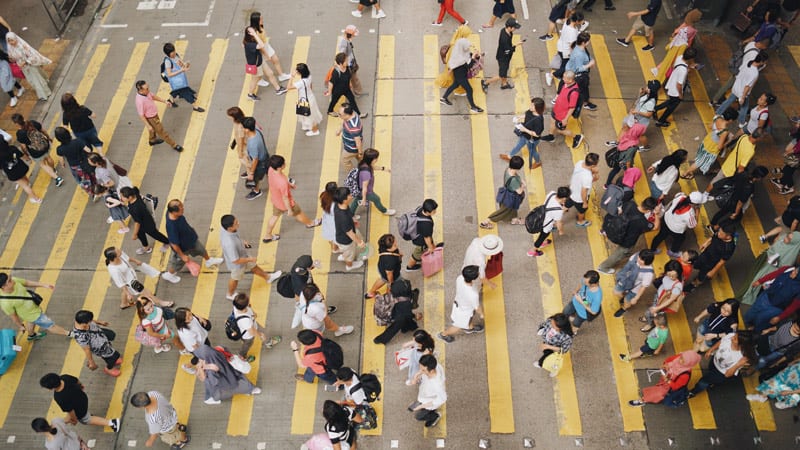Ever-increasing urbanization and overpopulation are inevitable in today’s world. Such phenomena can lower ordinary people’s living standards due to the reduction of living spaces, increasing risks of interpersonal conflicts, and loss of privacy. For individuals who experience social anxiety disorder (SAD), living in a collective space can be far more challenging.
I have been suffering from SAD for 11 years and counting, from the age of 15. Many assume that SAD patients simply experience panic attacks when exposed to the public. However, for me, a person with acute social anxiety disorder, things can get far worse. The normal systolic blood pressure (SBP) and diastolic blood pressure (DBP) of an individual my age should be about 120 and 79, respectively. Mine are always up to 170 and 130, close to those of individuals suffering from heart diseases.
My hypertension caused by social anxiety disorder propelled my visit to cardiologists a few times. None believed an individual my age, with no family history of heart disease or habit of consuming alcohol, cigarettes, or other recreational drugs, would develop hypertension. The years I lived in Hong Kong and London, two over-urbanized, high-population cities, I regularly felt dizzy, sweated from head to toes, and was bothered by insomnia.
Whenever I dated a girl in a café, my body could not help but shake drastically. I always worried that I would be rejected by girls who were aware of my abnormal physical reactions, yet I lacked the courage to inform them that my bodily traits were fostered by my acute SAD.
I graduated with two master’s degrees and am now studying for my PhD at the University of Cambridge. Many individuals I have come across in life deem me a successful, promising young adult. For me, however, success comes in a much more down-to-earth form. Being able to sit in a café, dining out with my beloved or friends, roaming around a shopping mall are things I have only longed for, while absurdly so achievable by people without SAD.
Symptoms of SAD can be reduced or managed by taking medication, consulting a psychologist (usually to learn how to apply cognitive-behavioral therapy or CBT to cope with anxiety-related thoughts), and entering counseling services. However, psychiatric treatment and support alone can hardly root out acute SAD symptoms. It is essential to practice a “phobia exposqure ” approach as a long-term solution for SAD.
Of course, this is easier said than done. For me, I force myself to go out of my home every two days. Usually, I go out to have a 10-km walk around my neighborhood or visit a nearly empty restaurant. It took me over a year to develop such a habit, putting on my earbuds to minimize the sound of external voices. In the last two months, I have elevated the intensity of my “phobia exposure” practice by not wearing any earbuds. I have been attempting to co-exist with the surrounding people and voices.
As a cardinal rule of “phobia exposure,” it is important to raise the intensity or duration of exposure from time to time. In the future, when international travel restrictions are gradually lifted, and more people gather in shared spaces, I hope I can continue my commitment to public exposure – to face more people for more extended amounts of time. Only by exposing themselves to the phobia will SAD sufferers ultimately have a chance to overcome whatever fears are causing their anxiety.
As said earlier, it is easier said than done. Yet, if we always avoid encountering the thing we fear, the phobia will never fade away.
If you or someone you know experiences mental health issues, it is important to seek help from a qualified professional. Our Resource Specialist can help you find expert mental health resources to recover in your community. Contact us now for more information on this free service to our users.
About the Author: Jason Hung is a PhD in Sociology candidate at the University of Cambridge. He has been affiliated with Stanford University (2019), the University of California, Berkeley (2018), and King’s College, London (2018-19). He additionally works as a contributing columnist at South China Morning Post and The Diplomat.
The opinions and views expressed in any guest blog post do not necessarily reflect those of www.rtor.org or its sponsor, Laurel House, Inc. The author and www.rtor.org have no affiliations with any products or services mentioned in the article or linked to therein. Guest Authors may have affiliations to products mentioned or linked to in their author bios.





